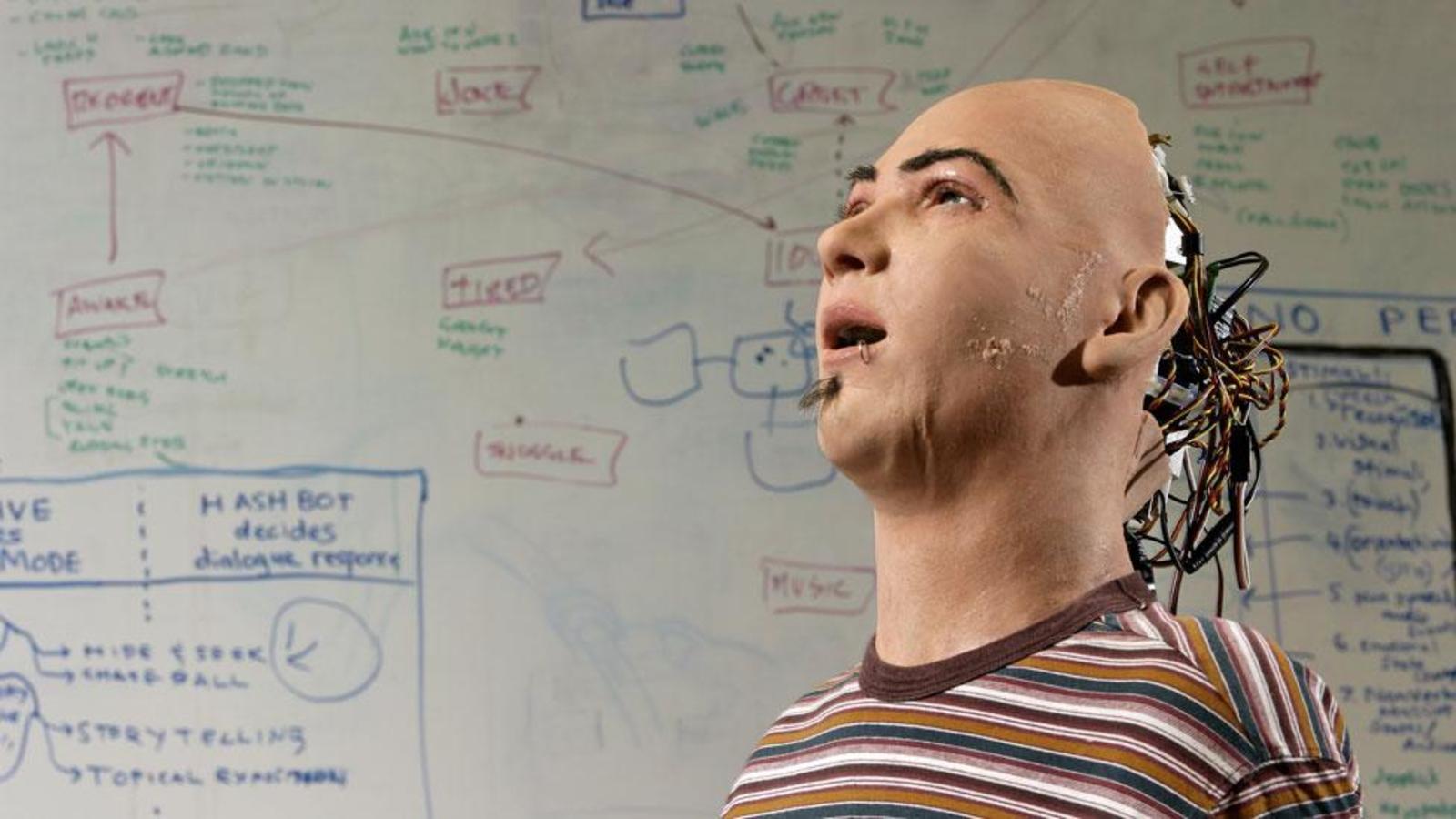Scientists put the brainwaves of a parasitic roundworm into Lego robot body
“Scientists believe they could be on the brink of creating artificial life after they digitized the brain of a worm and successfully placed it inside a robot.
Incredibly, they discovered that the bionic simulation behaved in exactly the same way as a real worm — despite the fact that they’d never coded its actual behavior.”


